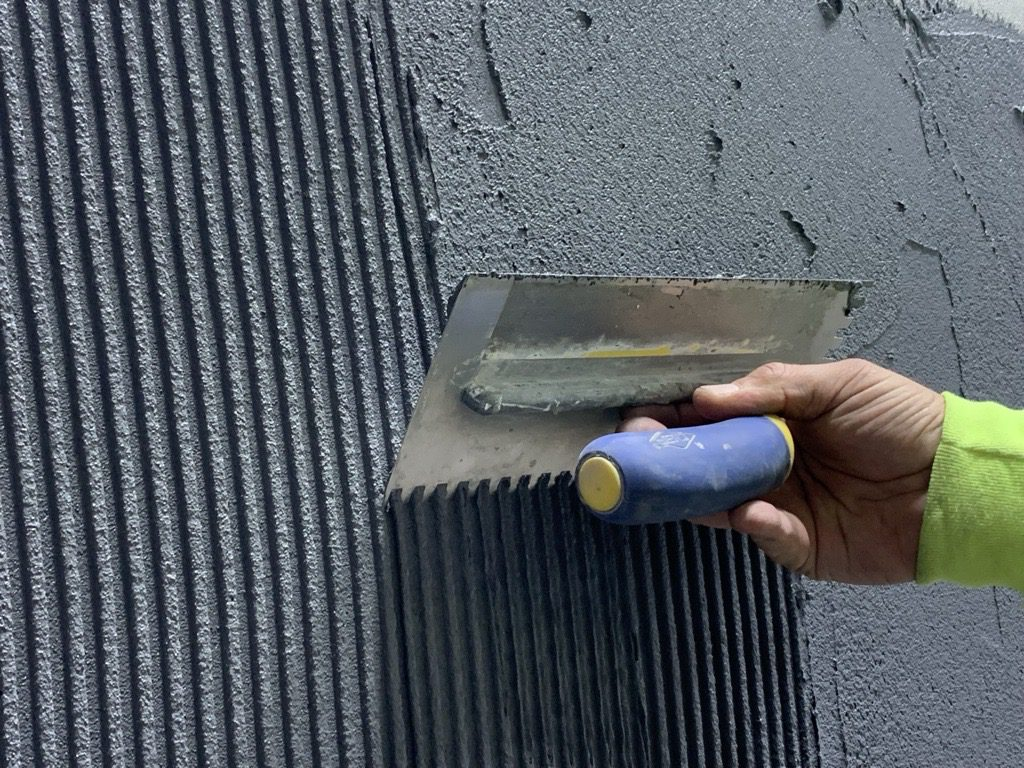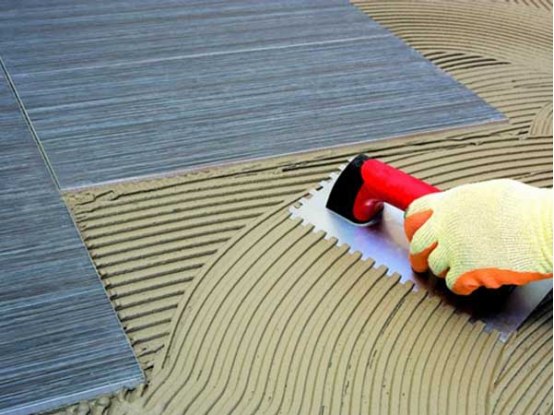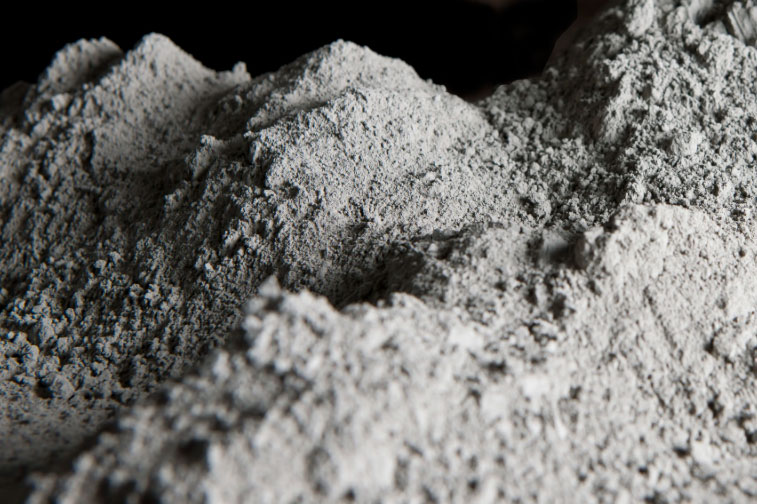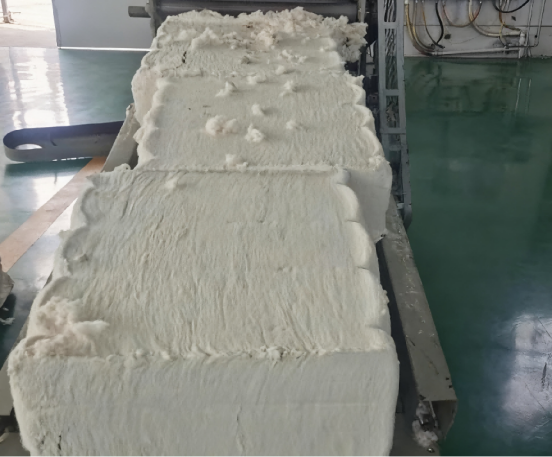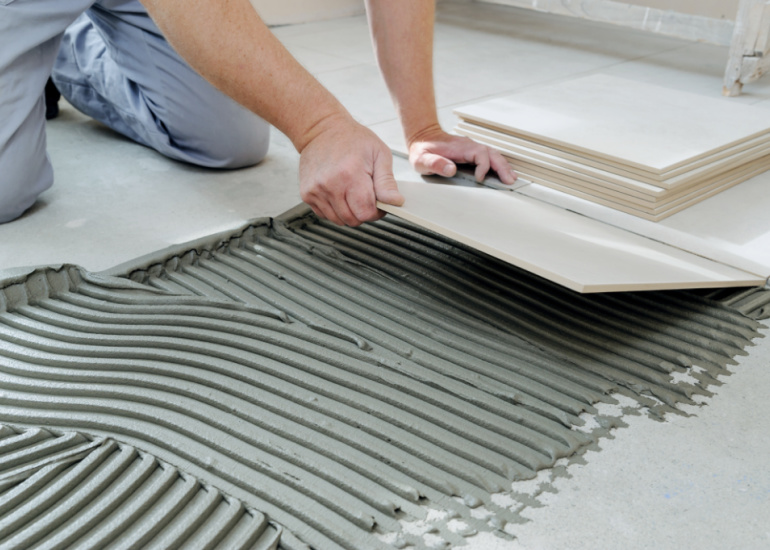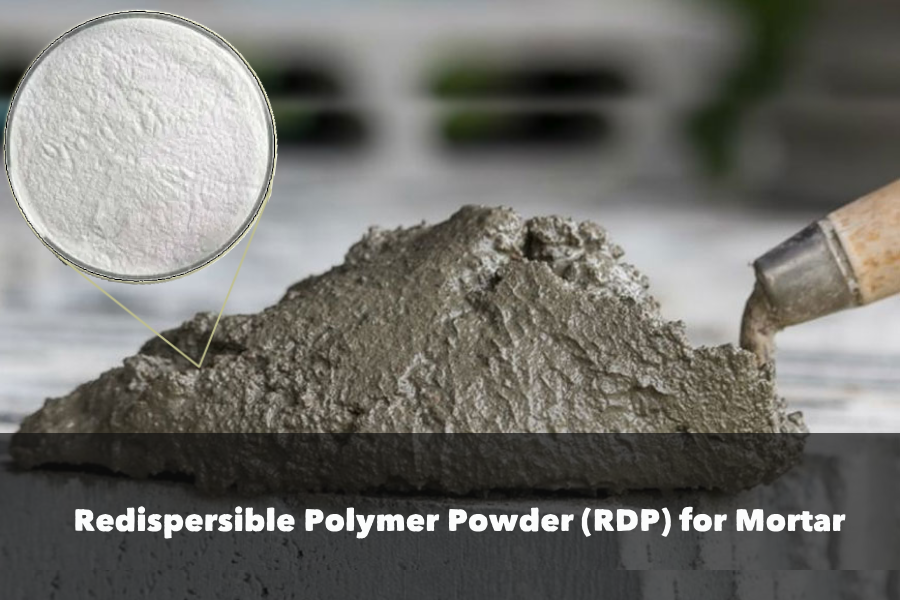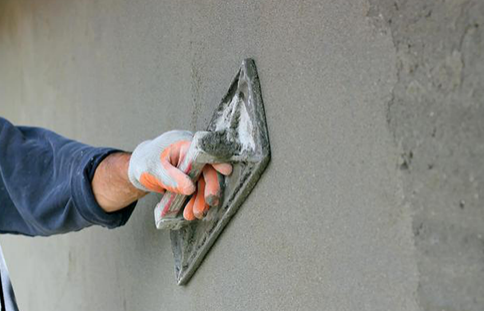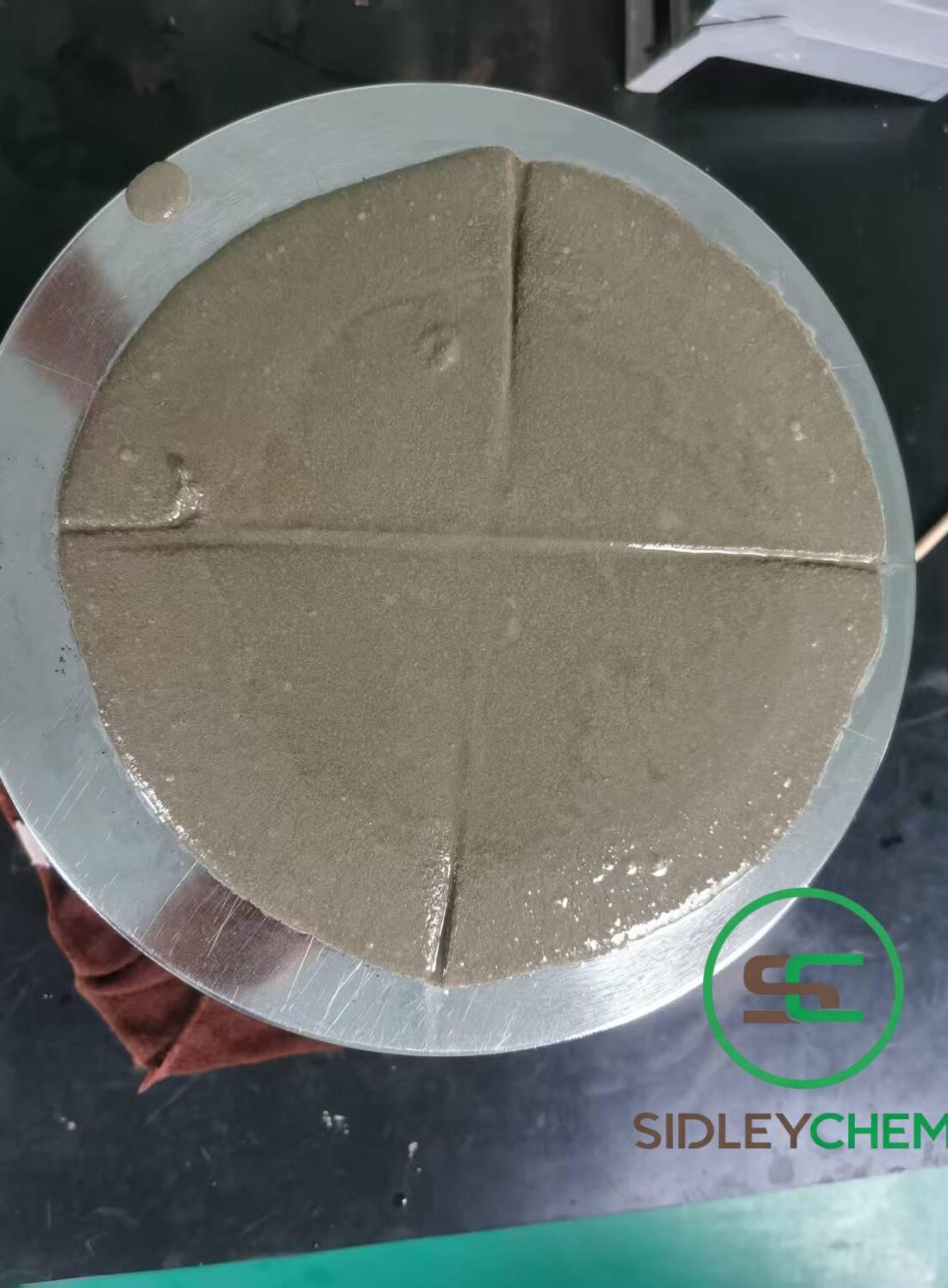Binding Materials
Self-levelling cement/mortar primarily comprises high-alumina cement, ordinary Portland cement, and a-hemihydrate gypsum, accounting for 30–40% of the material.
Mineral Fillers and Setting Regulators
Mineral fillers primarily utilise quartz sand and calcium carbonate powder, accounting for 55–68%. These components enhance the material’s hardness and stability. Setting regulators adjust the material’s setting time; common examples include retarders such as tartaric acid and coagulant accelerators such as lithium carbonate.
Rheology modifiers and reinforcing components
Rheology modifiers improve the material’s workability, with components such as superplasticisers or water-reducing agents enhancing stability. Reinforcing components include redispersible polymer powders, which improve the material’s flowability, abrasion resistance, and strength.


